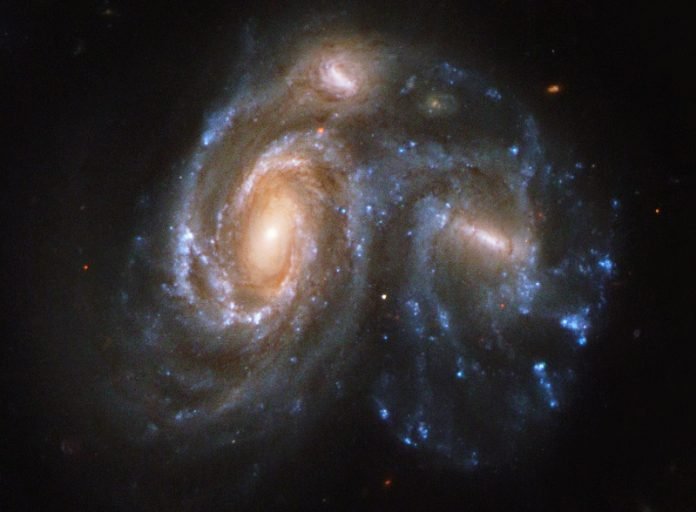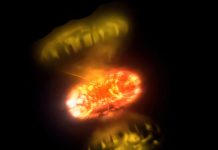
In a new study, scientists are able to deduce the history of mass accretion onto the Milky Way.
They studied of debris in the halo of the galaxy left as the tidal residue of such episodes.
Previous research has shown that the Milky Way’s halo of stars changes dramatically with distance from the galactic center.
This was revealed by the composition of the stars, the stellar motions, and the stellar density.
In the study, the team analyzed computer cosmological simulations and the galaxy interactions in them.
They focused on the history of galaxy halos as they evolved following a merger event.
The information shows that six to ten billion years ago the Milky Way merged in a head-on collision with a massive dwarf galaxy, which contained about one-to-ten billion solar masses in size.
This collision could produce the character changes in the stellar population currently observed in the Milky Way’s stellar halo.
The team suggests that the method is very important for studies of the most recent events.
For example, the infall of the Sagittarius dwarf galaxy a few billion years ago left tidal streamers of stars visible in galaxy maps.
The researchers suggest that the damaging effects these encounters can cause to the Milky Way have not been as well studied in previous research.
Events even further in the past are even less obvious because they were blurred by the galaxy’s natural motions and evolution.
One author is CfA astronomer Federico Marinacci.
The study is published in Monthly Notices of the Royal Astronomical Society.



